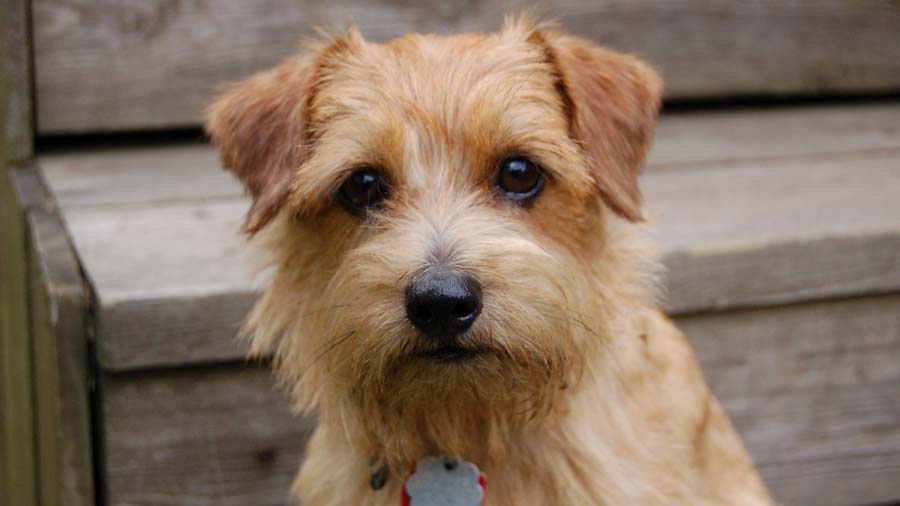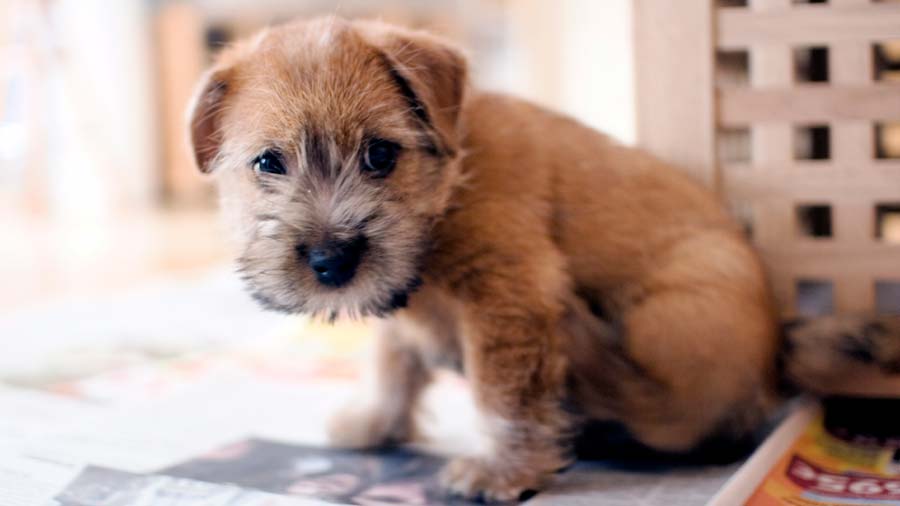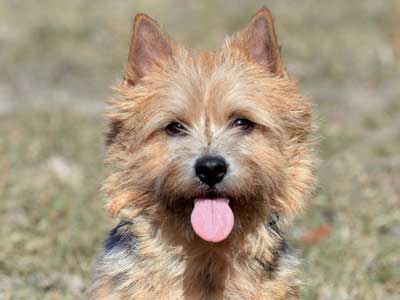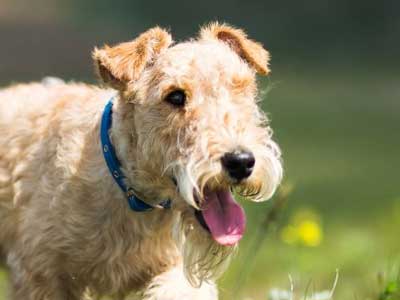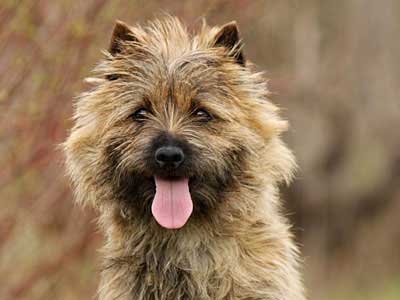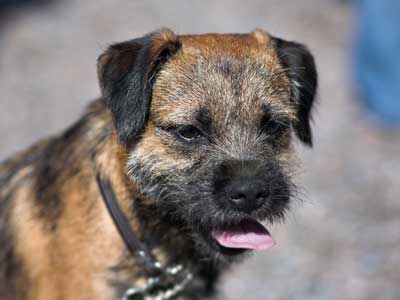Norfolk Terrier
Breed Information |
|
|---|---|
| Popularity |
2022: #138 2021: #130 2020: #130 2019: #131 2018: #126 2017: #128 2016: #134 2015: #131 |
| Name | Norfolk Terrier |
| Other names | None |
| Origin |  United Kingdom United Kingdom |
| Breed Group | Terrier (AKC:1979 & UKC) |
| Size | Smallest |
| Type | Purebred |
| Life span | 12-15 years |
| Temperament |
Companionable Fearless Happy Lovable Self-confidence Spirited Intelligent |
| Height | 10 inches (25 cm) |
| Weight | 10-12 pounds (4½-5½ kg) |
| Colors |
Black & Tan Grizzle Red Red Wheaten |
| Litter Size | 2-5 puppies |
| Puppy Prices |
Average $2500 - $3500 USD Norfolk Terrier is a ball of fur sent directly from heaven with a loving and playful attitude. These dogs are always in high demand, and their general rarity makes them highly expensive, as a puppy of this breed can cost any prospective buyer upwards of $2,500. |
Breed Characteristics |
|
|---|---|
| Adaptability |
5 stars |
| Apartment Friendly |
4 stars Norfolks will do okay in an apartment if they are sufficiently exercised. They are fairly active indoors and will do okay without a yard. |
| Barking Tendencies |
4 stars Frequent |
| Cat Friendly |
4 stars |
| Child Friendly |
4 stars Good with Kids: This is a suitable dog breed for kids. It is also friendly toward other pets and friendly toward strangers. |
| Dog Friendly |
4 stars |
| Exercise Needs |
4 stars These little dogs were bred to work. They are energetic and thrive on an active life, and need to be taken on a daily walk. They can jog for short distances. |
| Grooming |
3 stars Moderate Maintenance: Regular grooming with a brush and comb is required. Excessive hair around the pads of the feet must be trimmed. Old hair must be plucked out twice a year. |
| Health Issues |
3 stars Hypoallergenic: YesThe life expectancy of a Norfolk Terrier is 8–14 years, with some growing as old as 17 years. Norfolks do have incidences of mitral valve disease, luxating patellas, and incorrect bites (where the teeth do not align with the breed standard, i.e. overshot or undershot). |
| Intelligence |
4 stars Ranking: #56 Full Ranking List |
| Playfulness |
4 stars |
| Shedding Level |
1 stars Minimal Shedding: This dog will shed a negligible amount. Recommended for owners who do not want to deal with dog hair in their cars and homes. |
| Stranger Friendly |
2 stars |
| Trainability |
3 stars Moderately Easy Training: This breed learns quickly. It may wish to have its own way, so firmness and consistency are necessary. |
| Watchdog Ability |
3 stars |
Norfolk Terrier Names |
||
|---|---|---|
| Rank | Boy Names | Girl Names |
| 01 | Max | Bella |
| 02 | Charlie | Lucy |
| 03 | Buddy | Molly |
| 04 | Jack | Chloe |
| 05 | Riley | Bailey |
| 06 | Sam | Lily |
| 07 | Bailey | Coco |
| 08 | Riley | Roxy |
| 09 | Milo | Luna |
| 10 | Leo | Sasha |
| 100 Cute Puppy Names › | ||
Overview |
|---|
|
Unlike the Norwich terrier, the Norfolk is slightly longer than it is tall. Like the Norwich, it is a formidable adversary to vermin and fox and can bolt and dispatch its quarry working along or with a pack. It is small, short-legged and compact, with good bone and substance. Its gait is low and driving. Its double coat is weather resistant, with the outer coat consisting of hard, wiry, straight hair about 1½ to 2 inches long, with a longer ruff. It wears a keen, intelligent expression. Feisty, bold, inquisitive, game, scrappy, stubborn and independent, the Norfolk is all terrier. It has been called a "demon" in the field, and it loves to hunt, dig and investigate. It must be exercised in a safe area. It is clever and amiable but strong-willed. |
History |
|
Developed in East Anglia, England, the Norfolk and Norwich Terriers used to be the same breed with two different ear types; both were referred to as the Norwich Terrier. The English were the first to separate them in 1964. In 1979 the AKC officially deemed them as separate breeds, the Norwich having small, perked ears and the Norfolk with dropped ears. Another slight difference is the Norfolks are angular in shape and the Norwich Terriers are more round. The dogs were used as barnyard ratters and to bolt foxes that had gone to ground during a fox hunt. Their small size allowed them to get in and out of fox dens easily. After the foxes were flushed from their dens, hunters on horseback would resume the chase with their hounds. |
References
- [1] ^ YouTube: Norfolk Terrier - Top 10 Facts
- [2] ^ FCI: NORFOLK TERRIER Breed Standard
